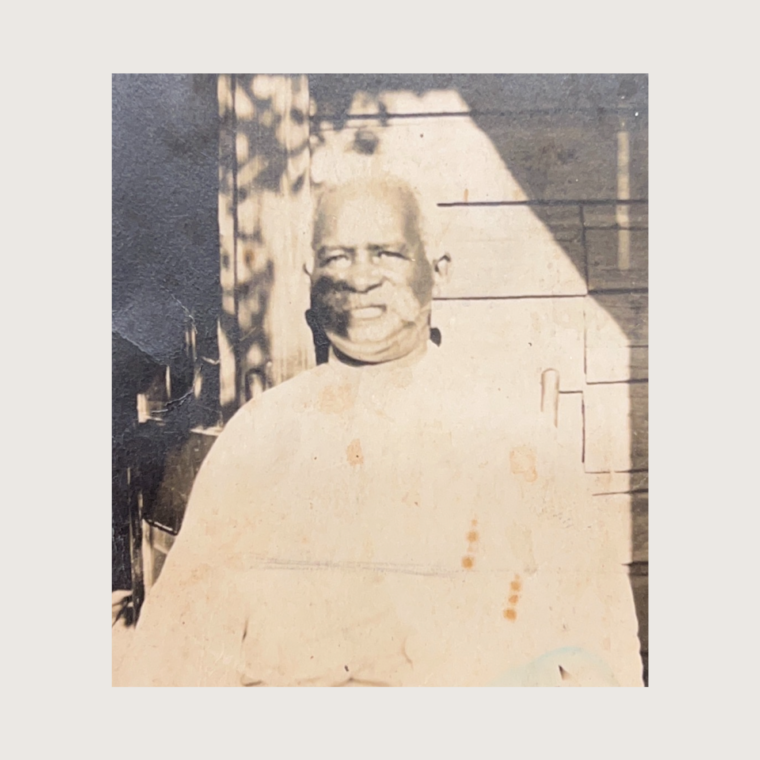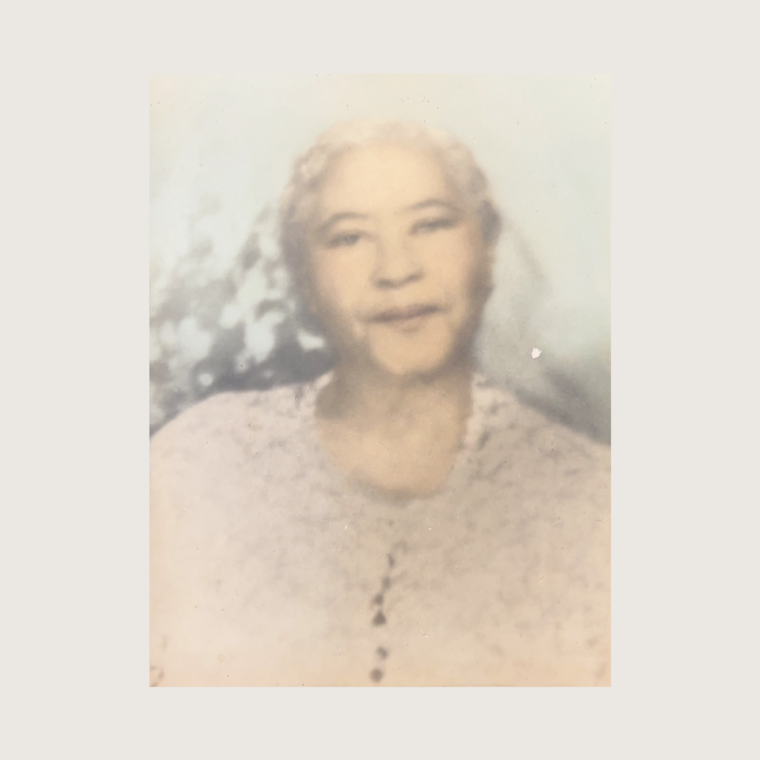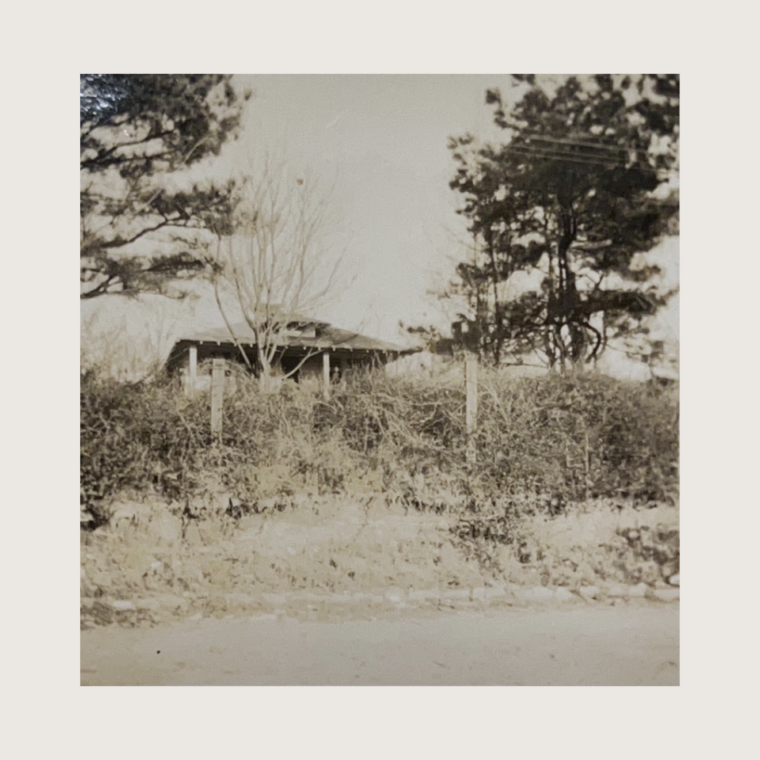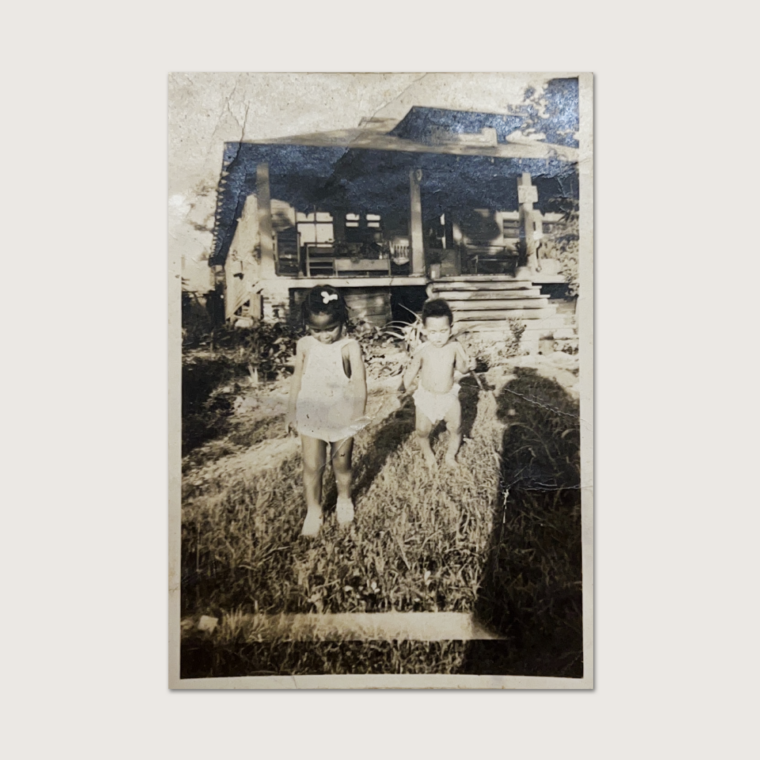An online-only exhibition.
In 1912, William Bagley and his family fled Forsyth County. They left behind their land, their home, and the only community they had known. Seeking a fresh start, they found a new home in the established Black neighborhood of Macedonia Park, situated on Old Decatur Road in Atlanta.
Within Macedonia Park, the Bagley family became prominent figures, and William Bagley became the unofficial mayor of the neighborhood. His leadership and influence were instrumental in shaping the community, and as a result, Macedonia Park came to be known as Bagley Park, a testament to Bagley’s impact and the respect he garnered from fellow residents.
Bagley Park thrived as a close-knit and vibrant working-class Black neighborhood in the heart of Buckhead. Its residents built a strong sense of community, supporting one another and creating a nurturing environment for families to grow and prosper.
However, the landscape of Bagley Park would undergo a significant transformation in 1945. That year, Fulton County initiated a demolition project aimed at repurposing the area into a park that would primarily serve the surrounding predominantly white neighborhoods. This marked a turning point in the history of Bagley Park and the Black presence in Buckhead, as the neighborhood’s physical existence was forever altered.
Today, the legacy of Bagley Park lives on through preservation and storytelling efforts, such as Atlanta History Center’s pop-up exhibition “Explore Bagley Park.”
Curated from the personal collection of William Bagley’s granddaughter, Elon Butts Osby, and Atlanta History Center’s collections, “Explore Bagley Park” will display the rich heritage of Bagley Park, William Bagley, and its enduring impact on Buckhead.
Related Content. Learn More.
-
Story
In 1912, Five Black people were arrested for sexually assaulting and murdering a white woman in Forsyth County. One of the five was lynched and the others received unjust trials. These events led white residents of Forsyth to force more than 1,000 Black residents to leave the county, creating the environment for a county that retains a majority –white population.
-
Story
In 1912, more than 1,000 Black people fled racial violence in Forsyth County, GA. Researchers from Atlanta History Center used historical records to trace the locations and lives of these displaced residents, revealing significant changes in their economic status, occupations, and living arrangements as they settled in nearby counties and beyond.
-
Originals
As part of an ongoing initiative at Atlanta History Center, the Digital Storytelling Department is exploring Forsyth County’s history of racial violence through the voices of descendants of the county’s former Black residents.




